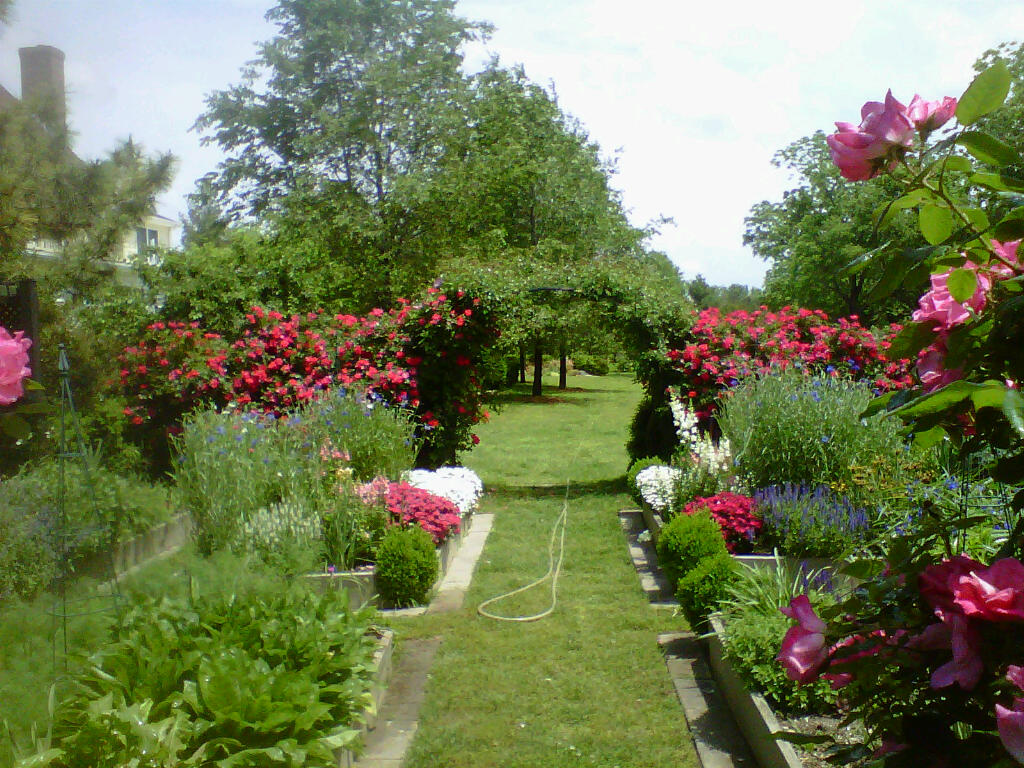
There has been a dynamic shift in the industry. Scientists and superintendents are shifting their thinking on plant health from a chemistry perspective to a biological perspective. Treating turf no longer revolves around the quantities of nitrogen, phosphorus and potassium that manufacturers can jam into a bag of fertilizer. Instead, superintendents are focusing on maximizing plant health by capitalizing on the soil environment and by building stronger, more vigorous plants that are better able to resist disease and insect damage.
Dave Heegard, general manager of the professional products division for LebanonTurf, stated in an interview with Superintendent Magazine, “Plant nutrition programs that include bionutritional (a biological) products will soon become the norm rather than the exception” (Superintendent Magazine).
In 2010, when asked in a Lebanon survey whether or not they used biologicals in their turf fertility program, superintendents answered that 51% utilized biologicals in some way (Lebanon Survey).
“We expect that number has risen over the past three years,” states Barrett Ersek, CEO of Holganix, in regards to the Lebanon survey.
Although biologicals have been around for many years, there are three factors that have been propelling the biological movement forward. Economic factors, strict government legislation on turf fertility and insights into the benefits around biologicals and plant wellness has helped increase biological’s popularity.
Maximizing Economics on the Course
In light of the economic recession, Golf Courses have tightened their budgets and placed pressure on their superintendents to deliver superb results at aggressive costs. With the inconsistency revolved around synthetic pricing, superintendents have turned to biologicals to help treat the turf in an economically beneficial manner.
Furthermore, bionutritional products (products that contain large amounts of biologicals) allow superintendents to reduce the amount of synthetics needed to get optimal results.
According to Gary Myers, superintendent of Sagamore Golf Course, by including Holganix (a bionutritional turf and plant fertility product) into his golf program, “I have been receiving the same color and quality of turf despite reducing nitrogen by half.” That means superintendents like Myers are able to deliver superb results while being cost neutral.
Turf Fertility Legislation Is Trending
Furthermore, the rise of strict government regulations due in part from dire environmental issues caused from NPK (nitrogen, phosphorus, potassium, nutrients found in fertilizers) run off has led superintendents to search for other means of fertility.
The EPA specifically has called war upon NPK run off, which scientists claim have led to dead zones in America’s oceans, bays and lakes where marine creatures can no longer thrive. Already legislation has progressively become stricter in areas that feed into the Gulf of Mexico and the Chesapeake Bay (where two of the largest American deadzones exist). Over the past ten years, 11 states have completely banned phosphorus, while New Jersey has nearly eliminated the use of phosphorus and restricted use of nitrogen to 3.2 pounds per 1,000 square feet for lawn care professionals and homeowners (Although golf courses are exempt from the NJ law, the government is tightening its leash on golf course management as well).
Bob Raley, agronomist of turgrass and ornamentals at Agrium Advanced Technology, said in a Superintendent Magazine interview that “states will continue to look into regulating turfgrass fertility… superintendents in some states are already seeing limited fertilizer choices because of increased regulations” (Superintendent Magazine).
Fostering Healthy Plants... Naturally
Lastly, the increase in plant health and the exceptional results seen by superintendents when utilizing biologicals have the golf course industry excited.
According to Cory Troyer, superintendent of Otter Creek Golf Course, with Holganix (a biological), “Our turf color is great… We are seeing significant increase in root depth and an overall increase in plant health.”
With biologicals, superintendents are helping to keep the soil food web in balance, ensuring that soil microorganisms are doing their job effectively and efficiently. Ultimately, biologicals contribute to a more robust ecosystem in and around the soil and plants, adding to overall plant health and often reducing the amount of pesticides needed to obtain satisfactory suppression of weeds, insects and diseases. According to The Sustainability Council, “They also help improve the soil structure and nutrient content over time.”
References:
http://www.thesustainabilitycouncil.org/benefits-of-organic-fertilizers.html
http://www.nj.gov/dep/healthylawnshealthywater/
http://www.cga.ct.gov/2012/rpt/2012-R-0076.htm
http://www.golfcourseindustry.com/gci-093010-lebanonturf-survey-biologicals.aspx
http://www.superintendentmagazine.com/article-9900.aspx
 4 min read
4 min read
-2.jpg)
-1.jpg)
-1.jpg)
-1.jpg)
.jpg)

-2.jpg)
-1.jpg)
-1.jpg)
-1.jpg)
.jpg)





.webp)
-1%20(1).webp)
-831535-2.webp)






